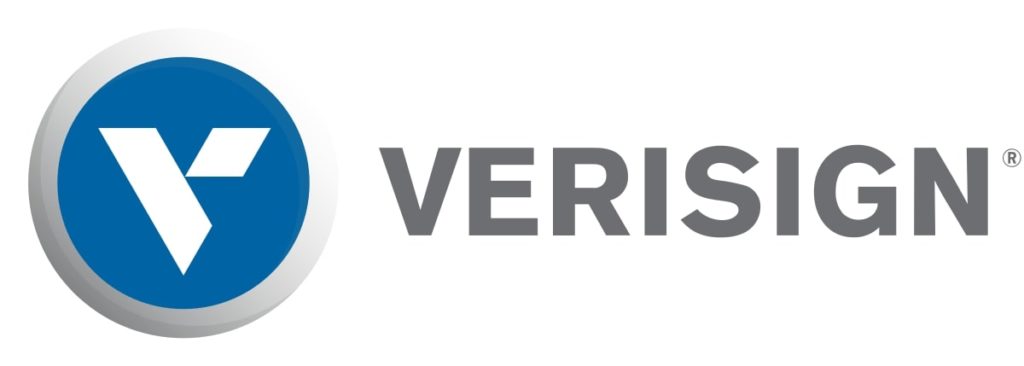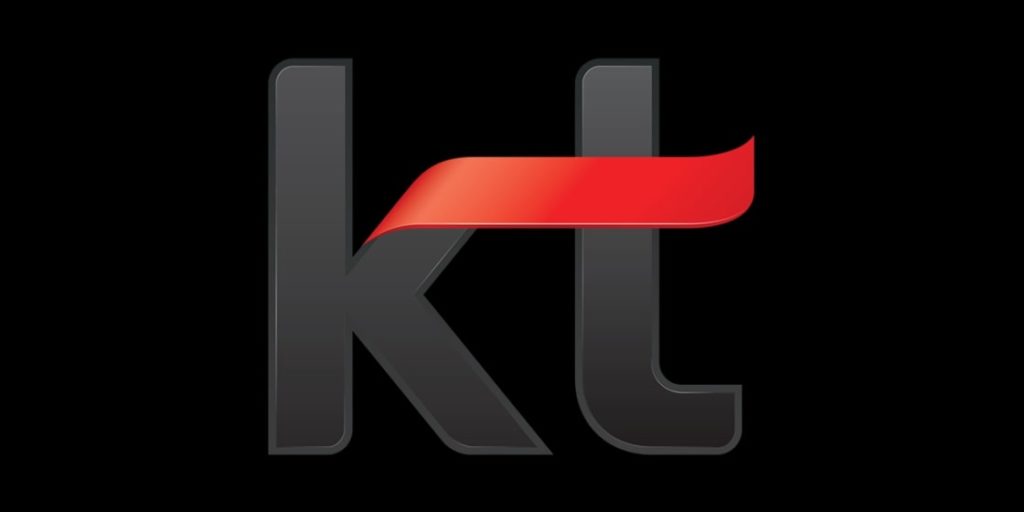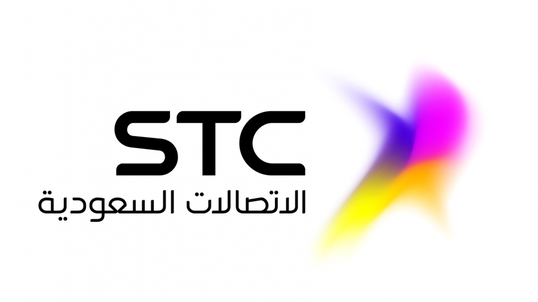Can I Get Free Starlink Internet Service?
Starlink, an ambitious project by SpaceX, aims to revolutionize global internet connectivity by utilizing a satellite internet constellation.
With its promise of high-speed internet in remote and underserved regions, it has captured the attention of many individuals eager to explore the possibility of accessing this service for free. However, a closer look at Starlink’s costs and business model reveals intriguing insights into the potential for complimentary access.

Image Source: ts2.space
To access Starlink’s internet service, users are required to make an initial investment in hardware comprising a satellite dish and a Wi-Fi router. These one-time hardware costs, along with a monthly subscription fee, form the financial backbone of the service. Despite the initial expense, the monthly fee is competitive, particularly considering the unparalleled connectivity it offers in areas where traditional broadband services fall short.
The Quest for Free Service: Reality Check
As of the most recent updates in 2023, SpaceX and Starlink have not introduced any standard programs for free individual internet service. The established business model necessitates customers purchasing the requisite equipment and subscribing to the service. While there might be occasional trials or discounts, a completely free service is not part of the current offering.
However, avenues exist for potential assistance. Some governmental or non-profit initiatives aim to aid low-income households or communities in accessing internet services, potentially including satellite internet from providers like Starlink. Programs such as the FCC’s Lifeline program in the United States offer subsidies for eligible consumers. These programs, though limited, present possibilities for reducing the financial burden of internet access.
While the quest for free Starlink internet service directly from the provider remains unfulfilled as of the latest information, avenues exist for potential assistance through government or non-profit programs. The costs associated with hardware and subscriptions remain, but initiatives like the FCC’s Lifeline program offer hope for mitigating these expenses, ensuring a broader spectrum of access to high-speed internet, especially in areas lacking traditional connectivity.
As Starlink continues to expand and evolve, monitoring official sources for updates and exploring available assistance programs can be crucial for those seeking affordable internet access.

I am a law graduate from NLU Lucknow. I have a flair for creative writing and hence in my free time work as a freelance content writer.



